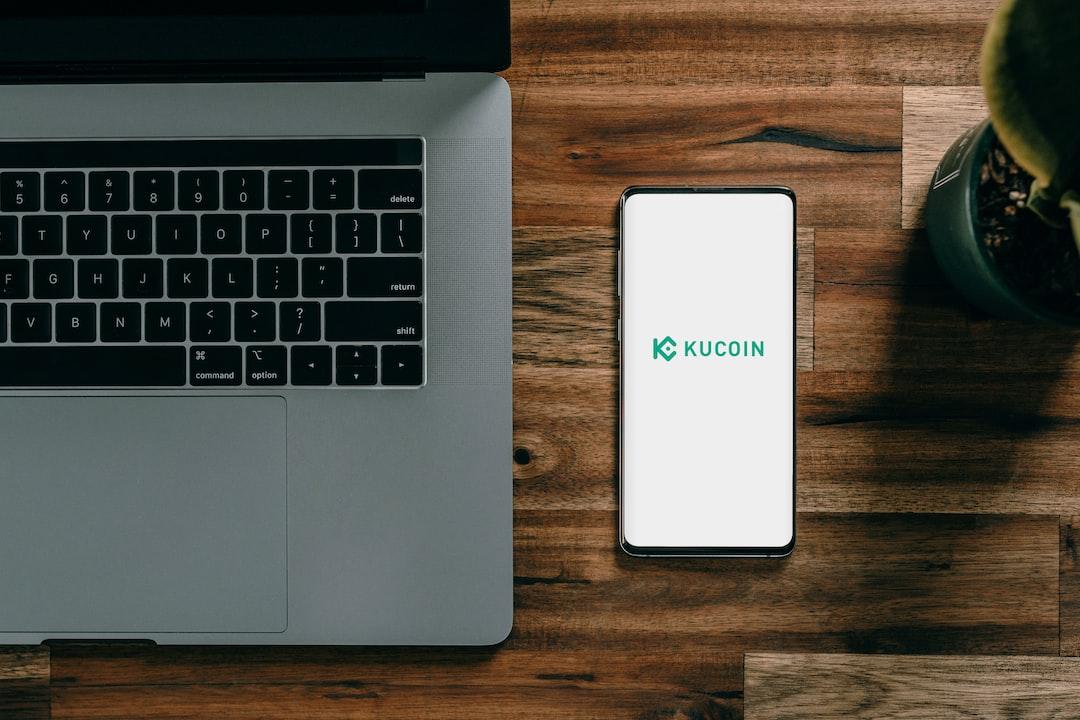Margin trading is a method that involves borrowing funds from an exchange or broker to trade more assets than you could afford with your own money. By using your account’s assets as collateral, you hope to make bigger profits. But what are the differences between cross margin and isolated margin options?
For example, let’s say you have $500 and you expect the price of Bitcoin to rise. You can either buy $500 worth of Bitcoin or use leverage to trade with borrowed funds. If Bitcoin increases by 20%, your $500 investment without leverage becomes $600, resulting in a 20% gain.
With 5:1 leverage, you can borrow four times your capital, giving you $25,000 to invest. A 20% price increase turns your $2,500 into $3,000. After repaying the $2,000 loan, you are left with $1,000, which is a 100% return on your initial $500.
However, margin trading comes with its risks. If there is a 20% drop in the price of Bitcoin, your unleveraged $500 investment becomes $400, resulting in a 20% loss. With 5:1 leverage, your $2,500 turns into $2,000. After repaying the $2,000 loan, you end up losing 100% of your initial $500.
Real trading involves fees and interest on borrowed funds, which can impact your profits. Additionally, markets can change rapidly, leading to potential losses that exceed your initial investment. It’s important to exercise caution when engaging in margin trading.
Isolated margin trading, on the other hand, is a risk management strategy in the world of cryptocurrencies. It involves allocating a specific amount of collateral to each trading position. This method not only protects other positions and the overall account balance from potential losses in one trade but also allows for precise control over the risk associated with each trade.
When using isolated margin, traders assign a set amount of collateral to each open position. Only the collateral assigned to a particular position is at risk if that trade goes against them. This isolation of risk prevents losses from spreading to other holdings or the total account balance.
While leverage is still permitted in isolated margin trading, traders can fine-tune the leverage for each position, allowing for a personalized risk management strategy. For example, Alice has a $10,000 trading account and engages in isolated margin trading with separate positions for Ether (ETH) and Bitcoin (BTC). She allocates $5,000 as collateral for her BTC trade and $3,000 for her ETH trade. This separation ensures that her BTC and ETH positions are isolated, limiting potential losses to the collateral assigned to each trade.
Even if the BTC position incurs losses exceeding the $5,000 collateral, it won’t impact Alice’s ETH trade. Isolated margin trading allows for proactive risk management and portfolio protection through specific collateral allocation for each position. However, it’s essential to practice prudent risk management and monitor position sizes to maintain a balanced and secure trading approach.
On the other hand, cross-margin trading is a risk management strategy where traders use their entire account balance as collateral for their open positions. This approach exposes the entire account balance to cover potential trading losses. While it allows for higher leverage and larger positions with less capital, it also carries more significant risk.
Cross-margin acts as a buffer with the account balance, preventing the liquidation of individual positions. However, it should be used cautiously, and traders must be aware of the platform’s margin rules and policies, especially for novices and those with limited trading experience.
For example, Bob has a $10,000 account balance and chooses cross-margining for risk management. He goes long on Bitcoin (BTC) at $40,000 per BTC, using 10x leverage to control a 20 BTC position. He uses his entire $10,000 as collateral. If the price of Bitcoin rises to $45,000 per BTC, Bob decides to sell his 2 BTC, resulting in a $90,000 profit. His account balance is now $100,000 ($10,000 initial + $90,000 profit).
However, if Bitcoin’s price drops to $35,000 per BTC, Bob’s 2 BTC position would be worth $70,000, resulting in a $30,000 unrealized loss. As his initial $10,000 collateral was used, more than his account balance would be required to cover these losses.
In such cases, many cryptocurrency platforms may issue a margin call, requiring the trader to deposit more funds or reduce their position size to offset losses. Failure to meet the margin call could automatically close a portion of the trader’s position to prevent further losses. Therefore, careful risk management is crucial when employing cross-margin trading.
To summarize, isolated margin trading allows traders to allocate specific collateral amounts to individual positions, providing precise risk management and diversification. It requires vigilant monitoring and manual margin management. On the other hand, cross-margin trading uses the entire account balance as collateral, simplifying margin allocation and allowing gains in one position to offset losses in another. However, it carries the risk of total liquidation and provides less control over individual trades.
Both isolated margin and cross-margin trading have their pros and cons, and the choice should align with a trader’s risk tolerance, experience, and trading strategy. Understanding the differences between these two methods is essential for making informed decisions and effectively managing risk in the volatile cryptocurrency market.

